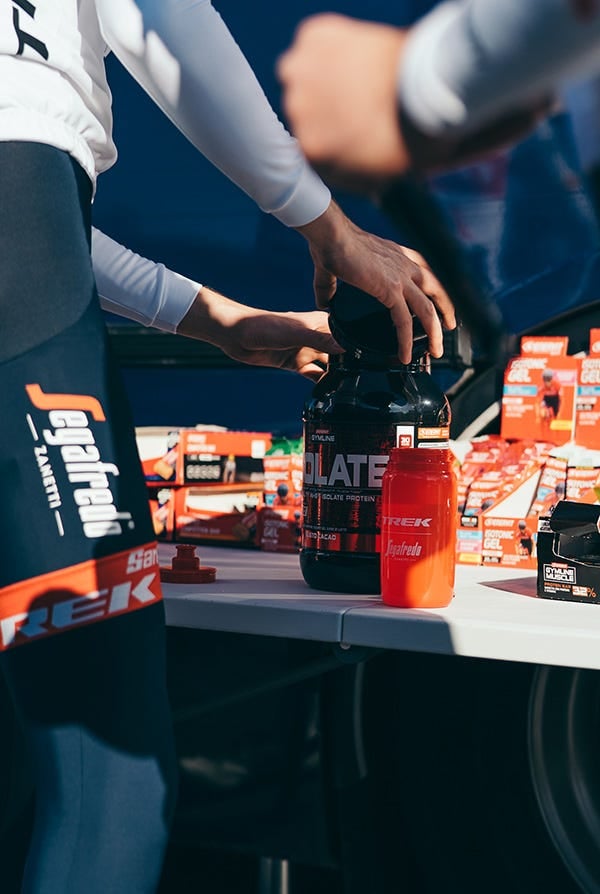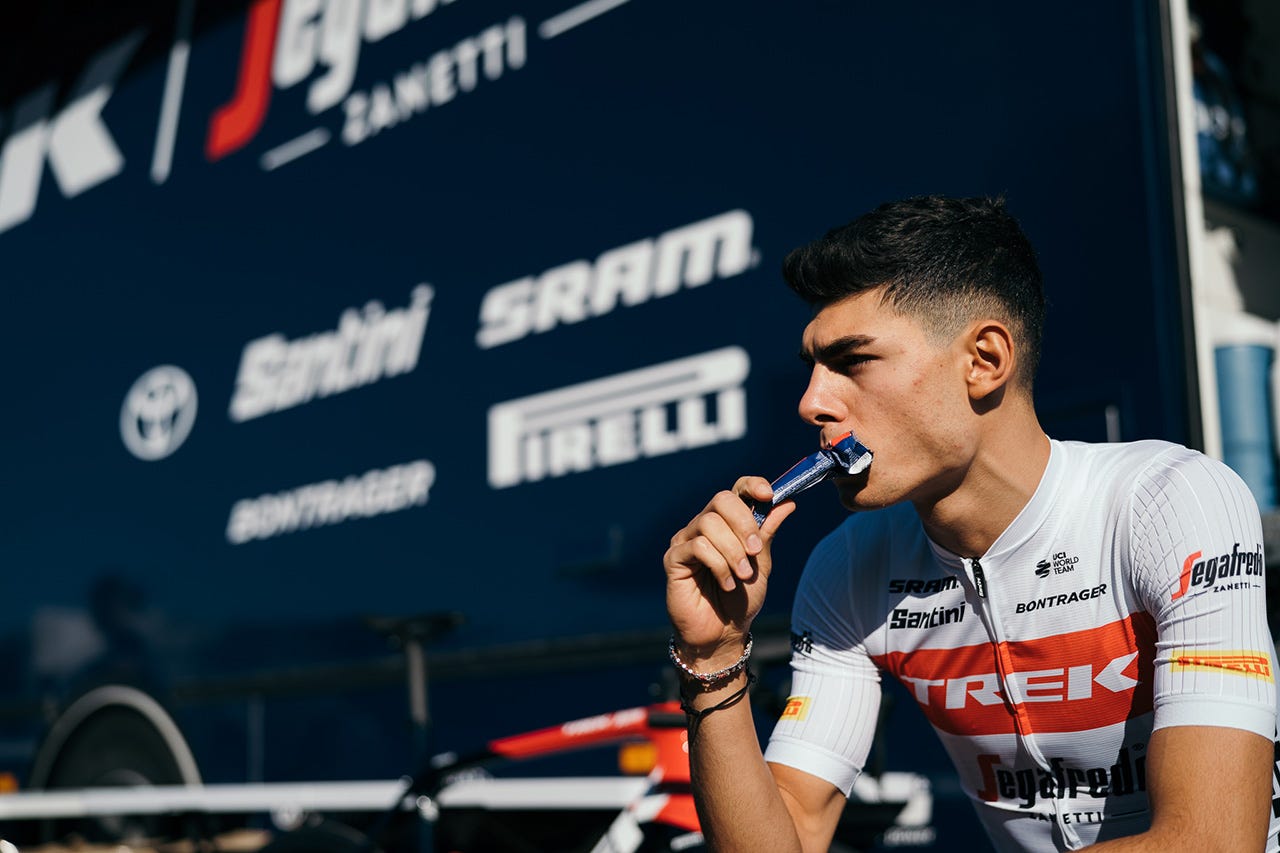Protein: how much do you really need
Elena Casiraghi - Equipe Enervit
Nutrition Basics
It's easy to say that protein is necessary, but how much does an athlete really need? There’s often confusion about this nutrient’s daily requirement. Some say that athletes in power disciplines need a large amount and that endurance athletes can even do (almost!) without it. Is this really true?

Daily protein requirements
To understand an athlete's protein needs, it’s necessary to know those of a sedentary person.
A healthy adult who doesn’t do any kind of physical activity and has a day that’s not very dynamic, is recommended to take 0.8 g of protein per kg of body weight per day. So, for a 60 kg woman that's 48 g and for an 80 kg man, it's 64 g.
Quantities increase in growing children and youth, and in pregnant and lactating women.
Why we need protein
There’s a continuous protein turnover in our bodies. This is a turnover of the individual bricks (amino acids) that make up the body, and it normally occurs every minute of our lives. Basically, proteins are degraded and rebuilt all the time. Because of this, "spare parts" are needed.
Even muscles, which are made of protein, require constant replacement. But you have net losses of protein from the skin, which desquamates nonstop, from its appendages (nails, hair) and even from faeces (intestinal epithelium).
Why athletes need more protein
There are four factors that increase the need for protein in the athlete compared to the sedentary person. Let's look at them.
1. Typically, athletes have a higher percentage of muscle mass than the sedentary person. As a result, he or she requires a greater amount of "building blocks" to meet turnover and regeneration, even while resting.
2. For various reasons (biomechanical stress, hormonal stress, and oxidative stress) and in the absence of any evidence of injury, training determines a degradation of muscle protein structures. These losses must, of course, be replenished from time to time, and from training to training. This is why the availability of new dietary protein is required, in addition to the protein needed at rest.
3. Training translates into adapting to exercise, i.e., into effective growth of sports performance capacity, again through the synthesis of new proteins. This is certainly true in the synthesis of contractile proteins and, therefore, of muscle mass, particularly in disciplines in which strength and power represent the fundamental element for success. But this is also true of proteins involved in energy metabolism, particularly in disciplines where endurance is considered the priority. In all these cases, new proteins must be made available through the diet in order to build new proteins – both muscular and non-muscular – which are essential to increasing performance capacity.
4. There are some situations in which the athlete uses a certain amount of amino acids in addition to carbohydrates and lipids to produce energy. The portion of energy derived from amino acids is variable. It’s higher in untrained athletes and lower in more trained ones, and it increases to 6-10% of the total energy expenditure, especially if the commitment is prolonged.
How much protein must an athlete ingest
Even if all four conditions listed above are met, it’s still advisable that the daily intake of protein doesn’t exceed 2 g/kg. Here is a list of the highest values of protein intake among athletes:
- in endurance disciplines: 1.2-1.4 g/kg/day
- in games and team sports: 1.2-1.8 g/kg/day
- strength sports: 1.4-1.8 g/kg/day
- in weight category disciplines: 1.4-2.0 g/kg/day
Remember that, in addition to the amount of protein in the diet, proper timing, i.e., the moment of ingestion, is fundamental.

In summary: when to take proteins
If the objective is to make the best use of the muscles' willingness to utilize dietary proteins, the athlete shouldn’t concentrate them all in one meal for three reasons:
1. First, since there is no possibility of depositing them while waiting to be used, any proteins taken in excess of effective use would be degraded and eliminated.
2. Second, it’s necessary to take advantage of every meal and snack to reach daily protein requirements.
3. Third, the processes of muscle adaptation and tissue repair following training remain active for several hours after the session. In order to support these processes in the best possible way, it’s advisable to take a quantity of protein during this time and divide it into several portions.
Not only that. It's a good idea for all main meals to have the correct protein content, and to use additional protein sources for other times of the day. Inputs vary from athlete to athlete and from day to day, depending upon training schedules and main meals.
In particular, in order to obtain maximum effectiveness from strength training sessions, it’s important to take protein promptly after training. In the first hour, muscles’ ability to make the most out of dietary protein to increase protein synthesis is at a maximum. Then it decreases within a few hours until it disappears 24-48 hours after the activity.
Bibliography
• Arcelli E. Che cos’è l’allenamento, Sperling & Kupfer Editori, Milano, 1990.
• MacDougall JD, Tarnopolsky MA, Chesley A, Atkinson SA. Changes in muscle protein synthesis following heavy resistance exercise in humans: a pilot study. Acta Physiol Scand.1992;146(3):403-4.
• Phillips SM. Protein requirements and supplementation in strength sports. Nutrition. 2004; 20(7-8):689-95.
• Ziegenfuss T, Landis J. International Society of Sports Nutrition position stand: nutrient timing. J Int Soc Sports Nutr. 2008;5:17.
• Arcelli E, Casiraghi E. L’assunzione di proteine. Scienza & Sport, pp. 90-94, num. Luglio-settembre 2009.






